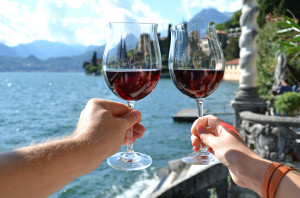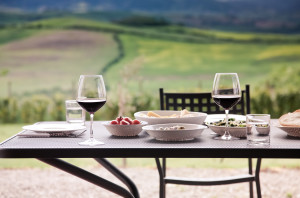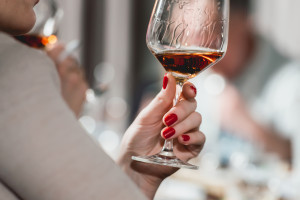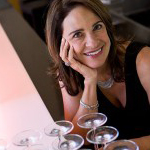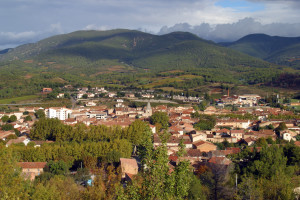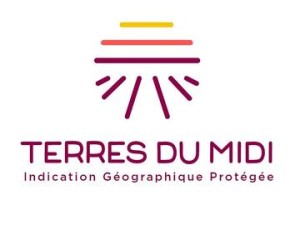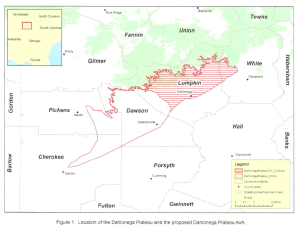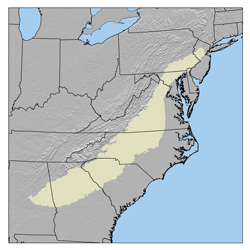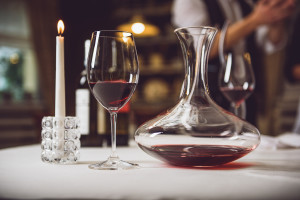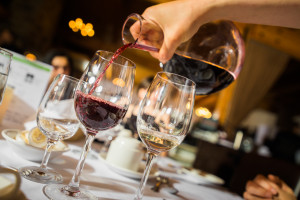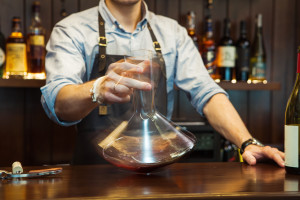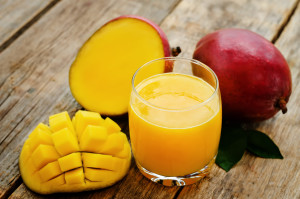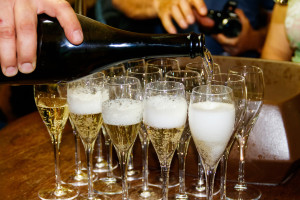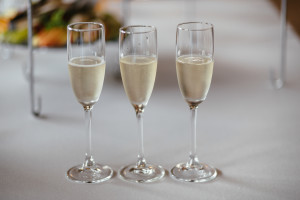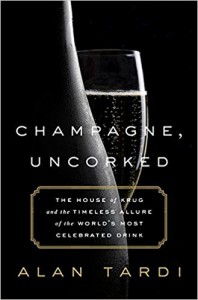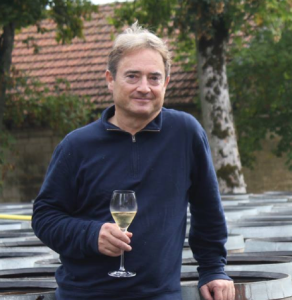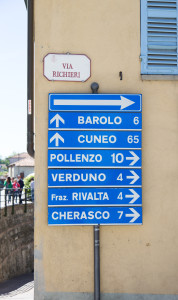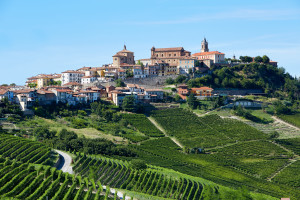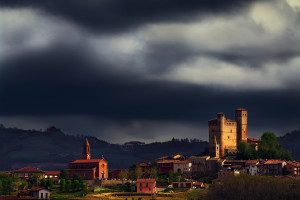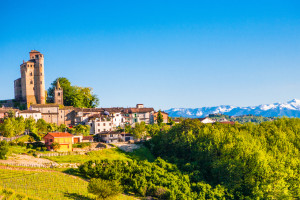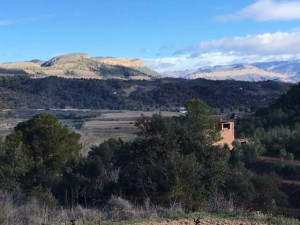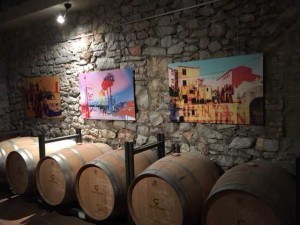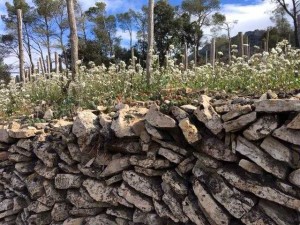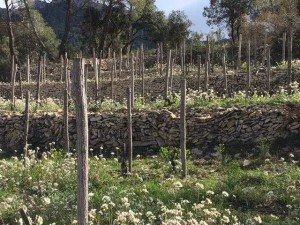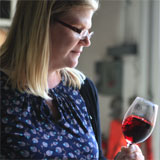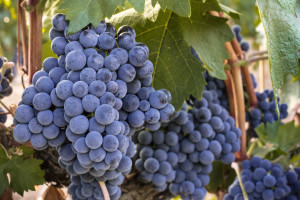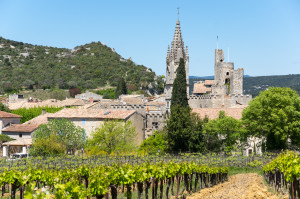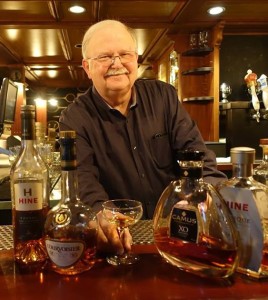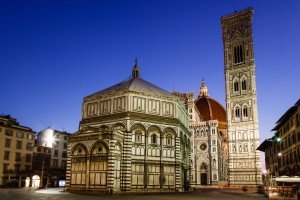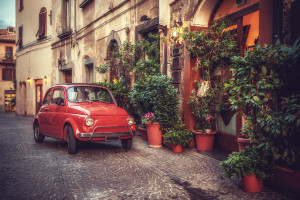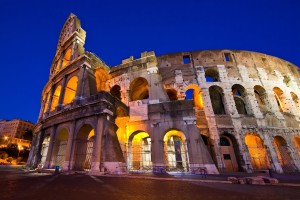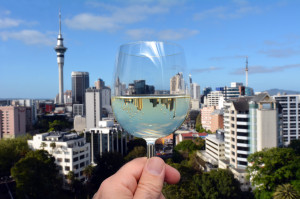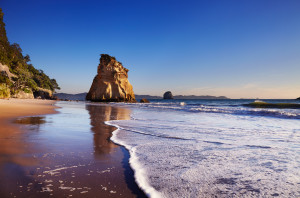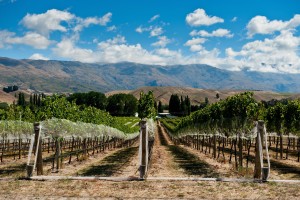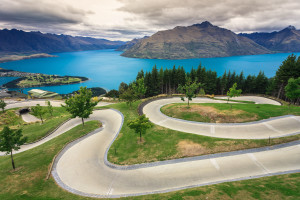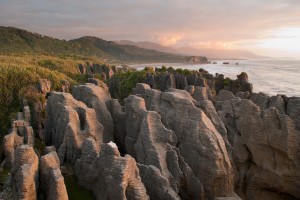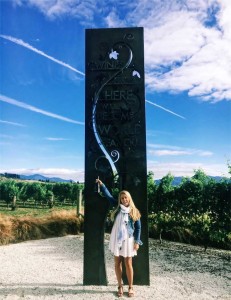Today we have a preview of a session to be presented during SWE’s 42nd Annual Conference, to be held on August 15–17, 2018 in the Finger Lakes Region of New York State. Our guest author is Matilde Parente, MD, who tells us about her upcoming session titled “Everything in Moderation Including Moderation: Making Sense of Wine, Alcohol and Health”.
Sub-title: Moderate Drinking Study Gets the Hook
In mid-June, the National Institutes of Health (NIH) put a cork on one of the most ambitious and anticipated studies to date that aimed to answer a prickly question: Is moderate drinking associated with certain health and survival benefits?
The scope of the 10-year study was far reaching. It planned to enroll almost 8,000 volunteers aged 50-plus from three continents. To avoid bias, half would be selected at random to consume 15 grams of alcohol a day, just more than a U.S. standard drink, and the other half would abstain. After following the volunteers for many years, the scientists would then compare the rates of heart disease and diabetes to see which group included fewer people who had died, had strokes or heart attacks or had developed diabetes.
The researchers raised $100 million to fund this unprecedented trial. The results would have been eagerly awaited by all interested in knowing whether drinking alcohol in moderate amounts offers real, measurable and meaningful health benefits in real-world adults, not just in test tubes and in lab animals. What’s more, the trial would be partly backed by the NIH—the nation’s leading center for biomedical and public health
research—and its participating scientists included researchers from prestigious medical centers and teaching institutions. It was all a big wow.
That is, until it wasn’t. In March 2018, a month after the first volunteers began to enroll, a front-page story in the New York Times revealed several irregularities that eventually caused backers of the trial to withdraw their support and the NIH to shut down the study. Among them were concerns about the integrity of the trial, controversy involving certain researchers and whether there was a possible prejudice to produce results favorable to major backers of the study, that is, the alcohol industry. The investigation also prompted some scientists to ask whether the relatively brief follow-up period of about six years was enough to detect a possible increased risk of cancer or heart failure among the drinkers, questions that the original study was not designed to address.
Sadly, the study was also not designed to address whether the Yankees might go all the way this year or whether Mount Etna will go rogue and lay waste to vineyards producing those delicious Etna reds we’ve come to savor. It’s all a mystery.
In all seriousness, what’s not a mystery is that despite the NIH study getting the hook, plenty of solid science surrounds the moderation-health connection. In my presentation, I’ll describe the latest findings in plain English, pro and con. I’ll also examine a few key points about the raging alcohol and cancer controversies, including what everyone can do right now to lower their risks. Plus, I’ll be sharing the latest groundbreaking efforts to address alcohol use disorders, with optimism and surprises to spare. Among other topics to tackle are alcohol and dementia, weight, sensitivities and genes. Headaches, hangovers and the ‘healthification’ of wine will also have their moments. We’ve got lots to cover so bring your questions, and come along for this wild ride.
About the speaker: Matilde Parente, MD, CSW is board-certified in pathology and integrative holistic medicine. Matilde co-founded WinewomenPSP and created their popular blog, later serving as wine director and wine educator at a southern California culinary school for five years. She is a member of the Renaud Society, an international society of medical and wine professionals, and a wine judge for the Society’s wine competitions. She thrills and tantalizes all levels of wine enthusiasts as a featured speaker and wine whisperer for connoisseurs and collectors, tasting groups, corporate fun-seekers and dinner partygoers. Matilde writes on wine for online, new media and print publications, is a frequent radio guest and is the author of Resveratrol and Healing Ways: An Integrative Health Sourcebook. She recently co-edited a four-volume genetics textbook (in press). An avowed “wine-ologist,” she blogs about local finds, wine travel and all-things-vinous at www.writeonwines.com and tweets @winefoodhealth.
Tilda’s session, Everything in Moderation Including Moderation: Making Sense of Wine, Alcohol and Health, will be presented on Thursday, August 16th at 8:45 am as part of SWE’s 42nd Annual Conference, to be held in the Finger Lakes Region of New York State.
